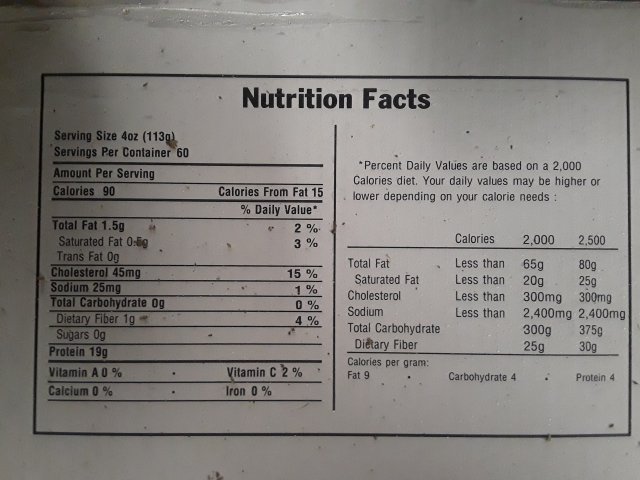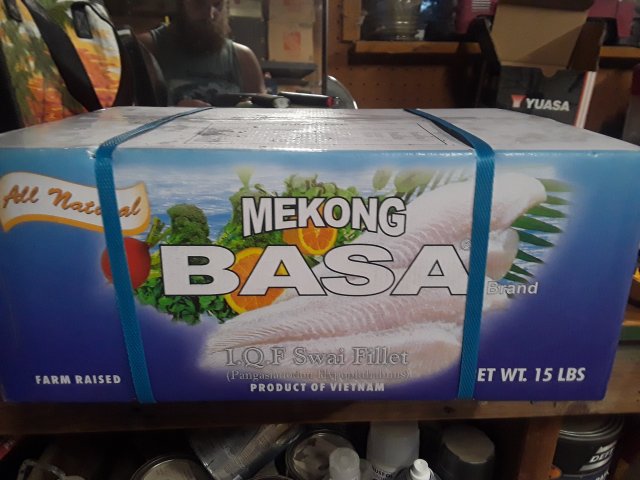I did some checking on Swai/Pagnasius/Iridescent Sharks -- a while back. While I read some info similar to what Duanes mentioned, I did also come across an interesting study that claims to show that pagnasius isn't so bad/dangerous as it's made out to be, and for interesting but not shocking reasons:
"The most surprising result was that none of the suggested toxicological risks were supported with actual data on chemical analysis or intake levels. The compounds that were suggested to pose a risk were also not the ones that were reported in the RASFF database.
It is important to state that in the vast majority of imported Panga no toxic compounds can be found at all. Based on our study we conclude that consumption of pangasius available on the European market does not pose any concern for the health of the consumer."
"The pangasius case also shows how mass-mediated communication can shift attention from claims based on science to claims based on political and economic interests. This means that any reference to a chemical gives the impression of danger without understanding the risk they might pose to human or environmental health."
Here's the article in more layman terms:
https://simonrogerbush.wordpress.com/2016/09/21/is-pangasius-safe-to-eat/ -- here's the link to the study itself if you wish to peruse:
https://onlinelibrary.wiley.com/doi/full/10.1111/raq.12151
I have no idea if their findings are true, nor do I know who the study was funded by (always a key question), nor can I defend them, I just wanted to present a different viewpoint. In any case I think the article raises some interesting points about "Mass mediated risk".
Personally I think it might also come down to the quality of the individual farms, and I'd guess they're not all the same in this regard.
But I'd also be curious to know if people have the same concerns about other farm bred fish, like tilapia, which can also often be found being raised in far less than optimal conditions. Also to those of us who feed shrimp to our fish (or ourselves) -- is it fresh and wild caught? If not then shrimp farms (esp. from SEA, where US gets most its shrimp from), are just as if not more notorious for breeding and raising their product under quite toxic conditions. Just some food for thought

For the record I feed both pagnasius and fresh/farmed shrimp to my Arowanas. I also eat tuna from time to time, even though it likely has too much mercury in it.













